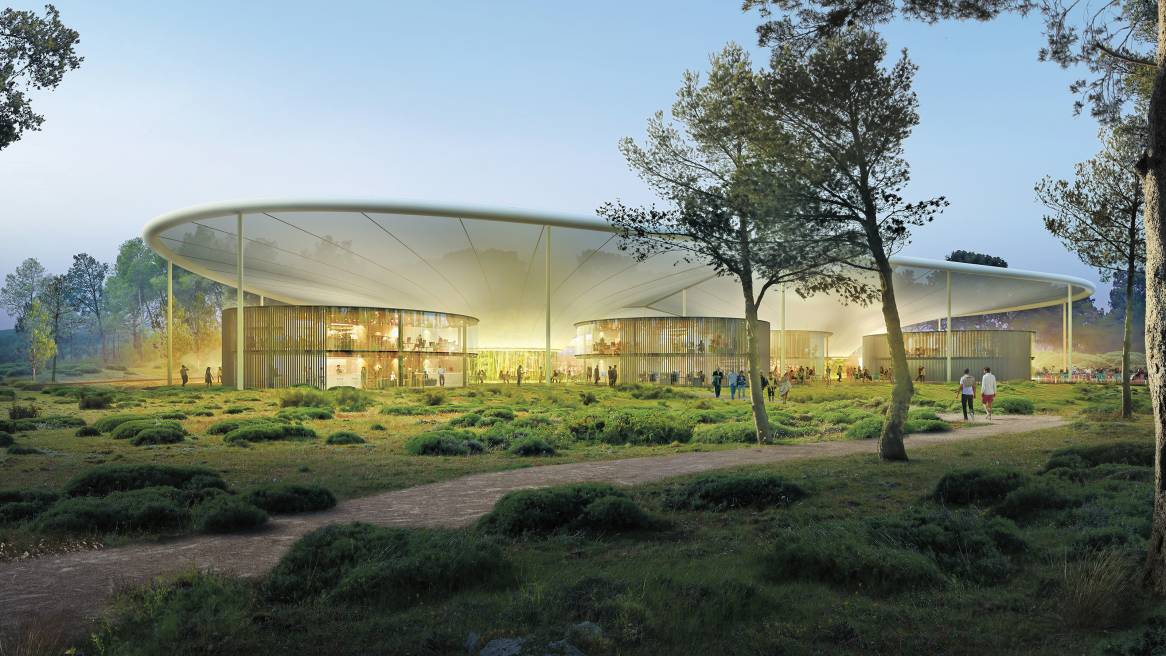Provocateurs in Provence
Avant-garde, provocative, stunning—but what may be most remarkable about thecamp is how it nurtures innovation.
Located on 17 beautiful acres in Aix-en-Provence, in the south of France, thecamp is an inviting mixture of collaborative work environments, accelerators, makerspaces, meditation areas and other amenities—an ecosystem of work and living spaces for teams from the public and private sector to develop groundbreaking and scalable solutions for social innovation.
The goal is to address major issues of our times: new urban models, rethinking mobility, housing, energy and food production. Participants come from varied disciplines, cultures and generations and employ real-life experimentation in “a collaborative work space dedicated to collective intelligence, a meeting space for groups of people who don’t often speak or work together,” says Eric Viennot, an independent video game designer and creative director for thecamp.
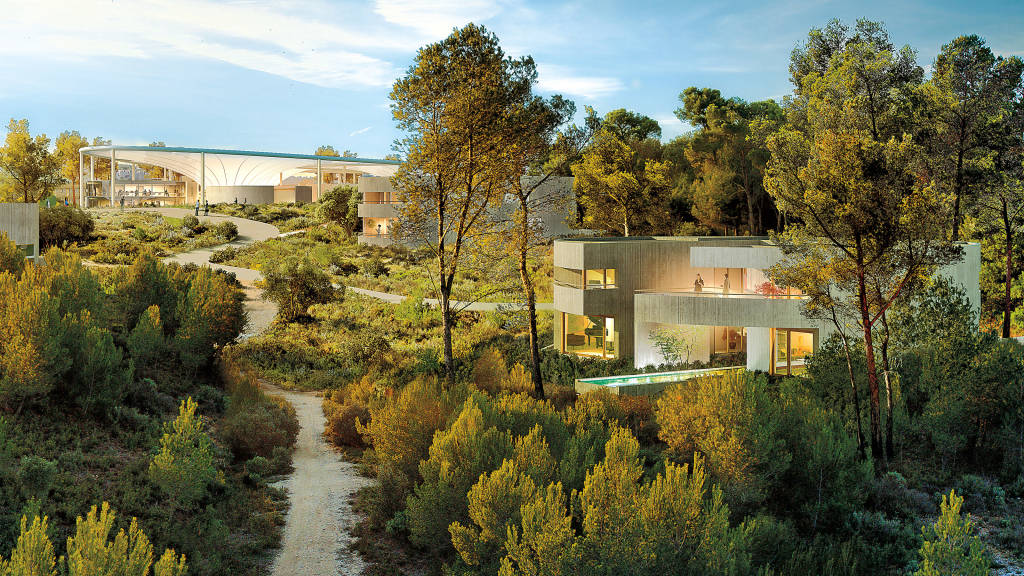
Designed by award winning architect Corinne Vezzoni, thecamp houses project spaces, living quarters, a wide range of collaborative and private workspaces plus technology ranging from virtual reality to artificial intelligence.
But just as important as the physical space and tools at thecamp are the strategies it employs to encourage collective creativity, experimentation and problem-solving strategies that can be used by any organization that seeks to nurture innovation.
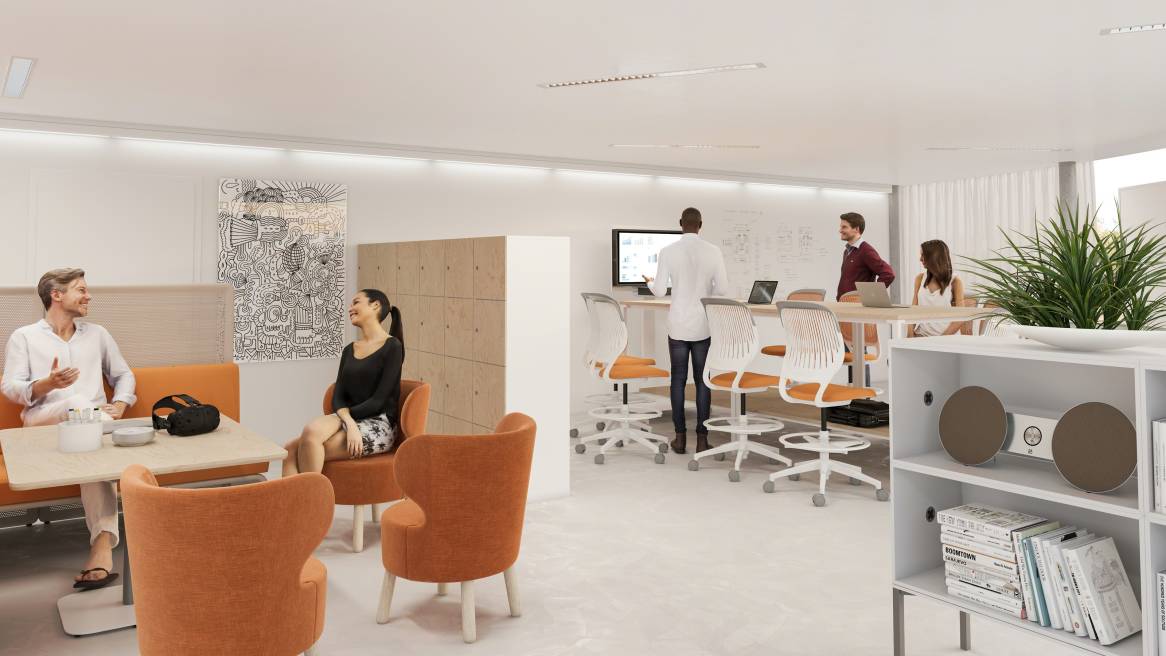
A New Impetus to Creativity
A guiding principle for thecamp is to bring together public and private organizations, different ages and varied skill sets. “When you work on issues such as mobility, pollution or how a city of the future will work, you can’t do so without discussing it with public authorities, cities, regions, etc. Then add in young creators of startups who are also interested in these issues. Plus, artists who can bring a critical and oblique eye to things, inspire others and give a new impetus to creativity. We think these people can live and work in this space, and through their diversity, create solutions that haven’t existed before,” says Viennot.
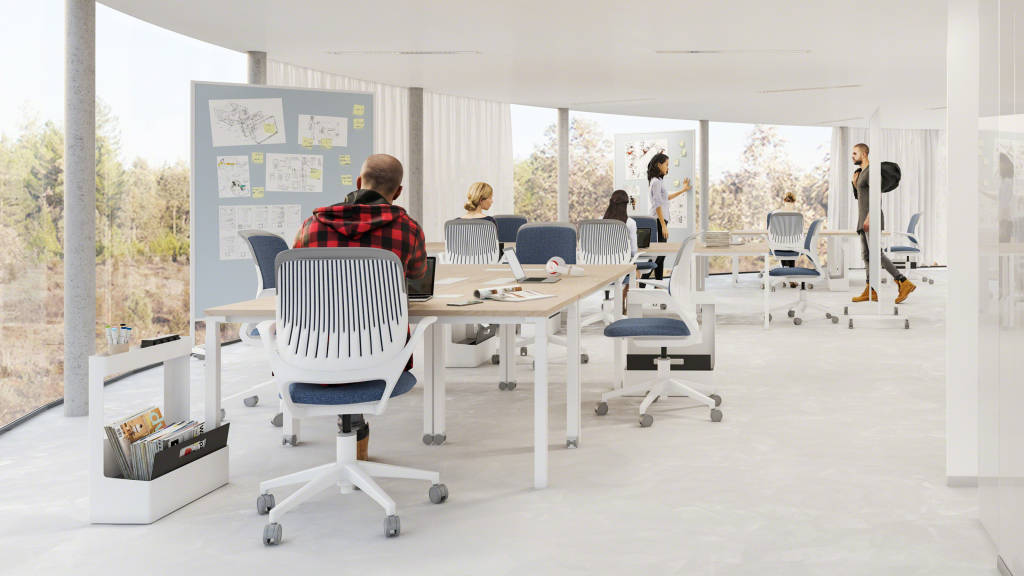
Viennot manages The Hive, a group of young talents in residence for six months at a time who help campers (typically on site for a few days to a week) to push their creative thinking about a project, build prototypes and test solutions. “It’s real collective work and creativity, part of the zeitgeist. People come to work with talented people around the same idea.”
Iteration is encouraged. Teams continually experiment, test, refine, modify, test again, all to keep improving a solution. “Learning by doing is universal to all of our programs,” says Viennot.
“Learning by doing is universal to all of our programs.”
Eric Viennot Creative Director, thecamp
Open sight lines and corridors not only connect people to nature and other parts of the campus, they expose projects to a collective creativity, fostering a challenging question here, inspiring someone’s idea there, that can help nudge a project team to develop better solutions.
The workspaces at thecamp are flexible and mobile, qualities Viennot calls “conducive to creation. It’s important to have the possibility to change the modularity of the space. As the groups change, the projects and activities change.
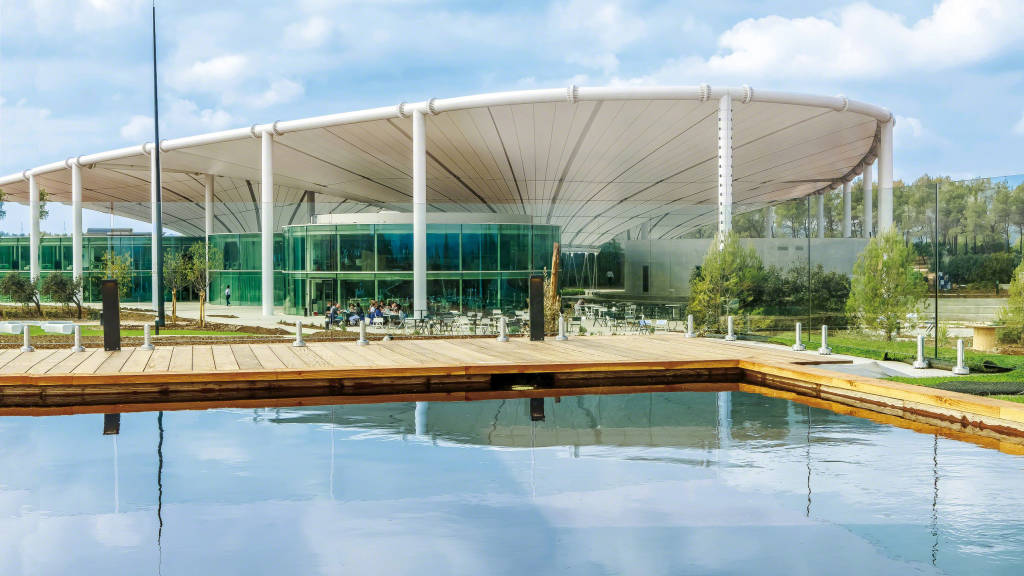
Recurring activities include co-innovation programs, thematic summits to share knowledge and collaborative projects to address long-term global issues. There’s also an accelerator to fund and expose promising startups, and youth and family camps to spur younger generations to be change-makers of the future.
Thecamp enjoys a natural setting with proximity to both the ocean and major cities. “It’s surrounded by the calm, natural environment that allows you to take a step back from your usual rhythms to reflect, to concentrate, and to work with several other people. The ability to live in a space in which we can also enjoy recreation, relax, or go back to our room, are all conducive to the creative process,” says Viennot.
“It’s important to have the possibility to change the modularity of the space. As the groups change the projects and activities change.”
Eric Viennot Creative Director, thecamp

